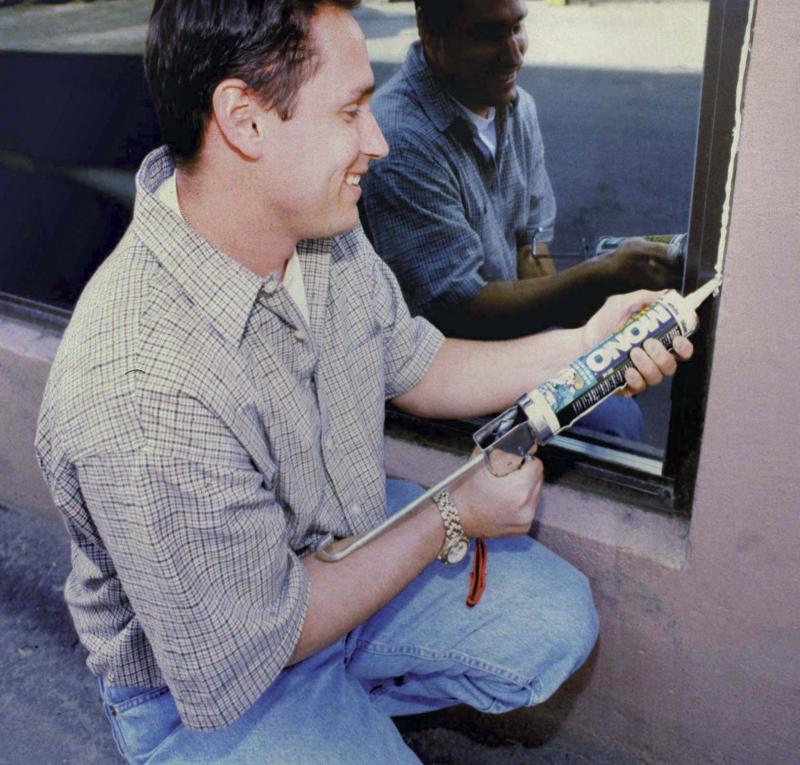Question: My upper-unit condo in Fort Richmond occupies the second and third floors. Last fall, a strip of material became partially detached from the base of a second-floor window. A repairman was called out to investigate. He took pictures, removed the strip and sealed the area with silicone until the problem could be properly addressed. The photos revealed deterioration of the wood at the base of the window. He also pointed out that surrounding each of the nails were areas of brown discoloration. The window in question is a fixed PVC, Dual Low E unit with a super spacer. To note, there has been no sign of water damage to the interior wall surrounding the window and the window seal remains intact.
I would like to know if there is any way of telling when the water damage first began? Also, can water damage occur if the painting of the outer window trim is infrequent? Lastly, but most importantly, is there any way to repair the water damage without removing the existing window?
Many thanks for sharing your advice and expertise.
— K. Green.
Answer: Problems with leaking windows are one of the most frequent complaints of homeowners, even in newer homes. This is often difficult to assess, but your issue may be more with leakage or moisture damage on the exterior than interior. Repairs will completely depend on the extent of the damage and location.
While window technology for materials and thermal resistance has never been better, there still can be issues with moisture in many homes. Often, the problem is blamed on poor or improper installation, but can also be due to the design of the windows themselves. Leakage can be noticed on the inside walls, typically above or below the units, but can also be hidden inside the wall cavity. That appears to be the situation in your condo and getting to the root of the problem will take further evaluation.
The answer to your first question is a distinct no, unless you know when the piece of the window fell off, which was recently fixed. The moisture damage could be due to the missing component, with rain leaking into the area it was supposed to cover. On the other hand, the loose strip may have become partially detached due to rotting wood that it was adhered to. If you can determine which of those things occurred, which is highly unlikely, then your question may be answerable. However, that may be completely irrelevant, as the issue now is the moisture damage and what can be done about it.
Since you have not described the loose window component, I have no way of knowing whether it was a PVC component of the window or a piece of metal or wooden trim around the window.
If the offending strip was a thin vinyl moulding, it may have been installed to bridge the sections between two portions of the window, or between two adjacent windows. If that is what detached, it is unlikely that any maintenance, especially painting, would have prevented any issues. These components are quite common on PVC windows, often T-shaped and hammered into a groove on the window. If it was poorly installed at the factory, or by the installers onsite, or if the windows have shifted, the moulding may have popped out of its groove and simply had to be re-secured properly.
I suspect, based on your painting question, that the loose component was a piece of wooden or metal trim that was covering bare wood beneath. Otherwise, your question does not make much sense and the description of the damage is odd. If it is a piece of wooden trim that has become dislodged, it may have become loose and allowed water to penetrate around the window. Painting may only have helped if that component is rotten and lost its hold. Otherwise, regular maintenance may have revealed the trim piece becoming loose, which could have prevented further deterioration only if it were refastened, caulked and painted.
To address your final question, I agree that it is the most important issue of all. What do you do about the damage? The answer to this depends on where the damage is, what components are rotten and how easily accessible they are. If there is only surface damage on a small sill, brick moulding, stop or other nailed on component, repair may be relatively simple. By removing the damaged piece and replacing it, before priming and painting, the problem should be remediated.
If there is damage in the wall framing around the window, then there is the likelihood that the window will have to be removed to replace the damaged studs or lintels. Probing the wood with a flat screwdriver or scratch awl should help determine the extent of this damage. If the probe easily penetrates the surface of the wood, it needs to be replaced. If there is just surface deterioration, such as the stains around the nails you describe, then covering up and sealing the area may suffice as a proper repair.
Without an up-close, thorough look and probing of the damaged components around your window, it will be impossible to determine the extent of the repairs needed. The answer to that question will depend completely on the location and condition of the damaged components, which will require further investigation and probing before a solution is decided upon.
Ari Marantz is the owner of Trained Eye Home Inspection Ltd. and the past president of the Canadian Association of Home & Property Inspectors — Manitoba (cahpi.mb.ca). Questions can be emailed to the address below. Ari can be reached at 204-291-5358 or check out his website at trainedeye.ca.
trainedeye@iname.com




